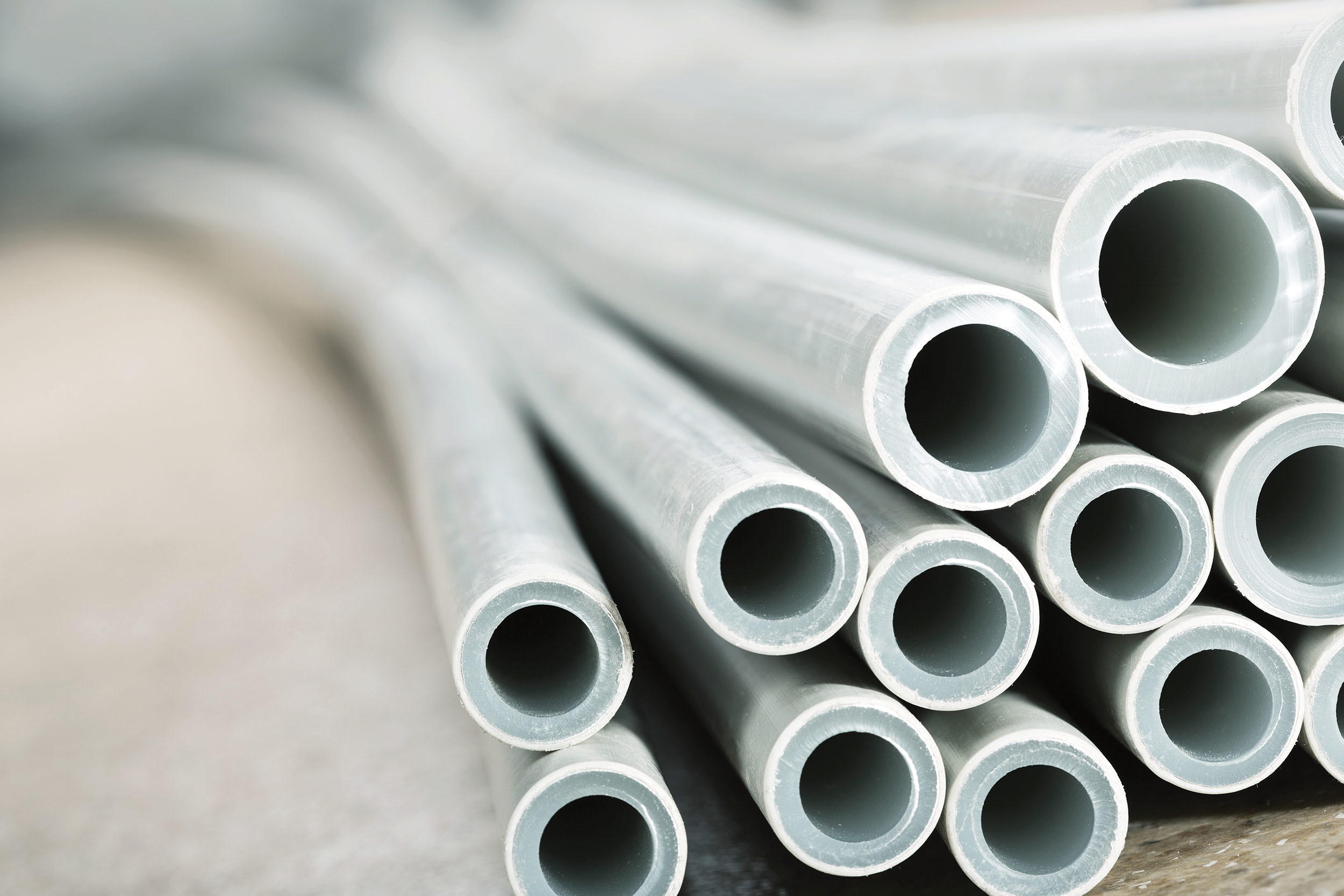PE Resin Testing: How to Balance Test Costs with Your Budget Expectations

Oxidative resistance of polyethylene (PE) grades is determined by testing to ASTM F2263: Standard Test Method for Evaluating the Oxidative Resistance of Polyethylene (PE) Pipe to Chlorinated Water, which was originally developed in 2003. However, accelerating the aging mechanism of PE in oxidative environments is constrained by a maximum testing temperature of 95° C. This maximum avoids any transitions the material may undergo at higher temperatures with typical test temperatures of 90° C, 80° C and 70° C selected. To establish the regression parameters associated with the testing, failures of all individual test specimens, a total of 12, are required.
As resins continue to improve, the test time increases, and associated test costs can become prohibitive.
The Shift in Testing Approach
In 2014, ASTM F2263 was revised to allow testing larger pipe sizes, specifically 4" IPS DR 11. This was in concert with a shift away from multiple temperature testing to a single point test at 90° C. This shift was based on work that demonstrated consistency in the estimated lifetimes between the multiple temperature test and the single-point test. The single-point test currently has three levels of oxidative resistance classifications (ORCs): CC1, CC2 and CC3 as established in ASTM D3350: Standard Specification for Polyethylene Plastics Pipe and Fittings Materials. Again, as resins improve there is impetus to obtain the highest oxidative resistance classification of CC3. This comes with a minimum test time of 7,400 hours at 450 psi.
Test times of almost one year can still represent a significant wait to achieve the highest oxidative resistance classification. The time or cost of testing may be reduced by using oxidative equivalency testing to either method A or B.
Comparison of Testing Equivalency Methods A and B
Parameter | Method A | Method B |
|---|---|---|
| Specimen Size | 4" IPS DR 11 | ½" CTS DR 9 |
| Test Time | 7,400 hours for CC3 | Potentially reduced |
| Number of Specimens | 3 | 6 or 12 |
| Pass Criteria | Same as ASTM D3350 | Head-to-head comparison of original and equivalent compound |
Equivalency Testing: Balancing Time and Cost
Method A
Method A tests the same size product (4" IPS DR 11) for the same time (7,400 hours at 450 psi for CC3) as the ORCs in ASTM D3350, using three specimens versus six in the original F2263 testing. As the criteria remain the same as for the original compound, the test time is known, which can also mean a more fixed cost.
Method B
In contrast, method B tests six specimens of a smaller product, ½" CTS DR 9, and can require baseline data on the original resin to be generated since the original testing to develop the ORC was often on a 4" product. Testing a ½" CTS DR 9 product can be perceived as higher risk. The first time it is attempted, the total test time of the smaller pipe is unknown. It is likely the ½" product test time will be shorter than the full 7,400 hours for CC3 due to the smaller pipe size. However, once the baseline is established for method B, this can be used rather than method A for changes in formulation requiring equivalency, or more broadly as a potential screening test for larger changes in formulations that may require the full oxidative classification testing. Screening the resin provides more confidence for subsequent performance.
Getting Started
Need more information? Our team of engineers can help you better understand the various paths, so you can decide the approach that is right for your product. Testing is conducted in our world-class lab, which has one of the highest capacities for oxidative resistance testing globally.
Interested in Learning More?
How NSF Can Help You
Get in touch to find out how we can help you and your business thrive.

What’s New with NSF

GMP and Regulatory Compliance Virtual SupplySide Connect New Jersey Training
January 30, 2025
NSF Research Reveals Brits Demand Greater Clarity, Transparency and Standardisation in Food Labelling
January 8, 2025
Brooklands New Media’s Publication On NSF’s Global Animal Wellness Standards (GAWS) Not Endorsed by NSF
November 25, 2024